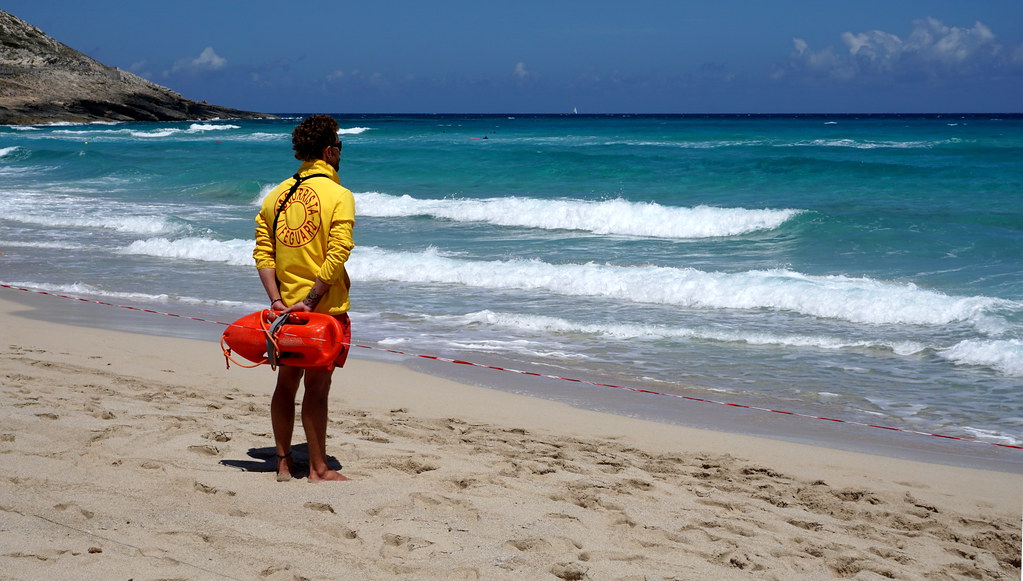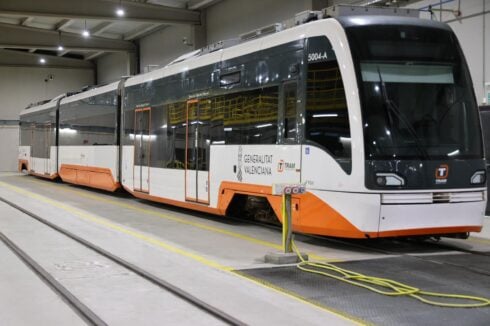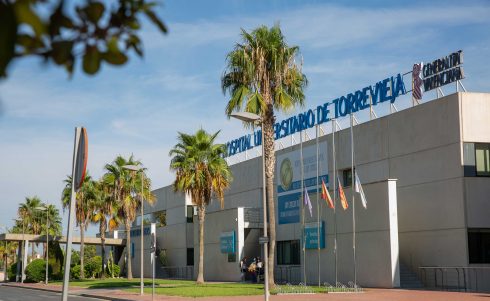MORE people drowned on Alicante province beaches between May and July than in the whole of 2023 according to the Spanish Lifesaving Federation.
18 fatalities were recorded during the late spring and early summer.
The federation has called for lifeguard cover to be provided outside the peak tourist season as increasing numbers of visitors go for a swim due to extended periods of good weather.
READ MORE:
- Why are so many people drowning in Spain this year? Multiple factors are behind concerning death toll, say experts
- Tourist, 52, drowns off popular beach on Spain’s Costa Blanca – just days after tragic deaths of husband and wife in their 80s in Alicante

There were 12 drownings alone in early June before lifeguard services started, including a British man trying to save two children in Guardamar del Segura.
Alberto Garcia Sanz, head of the Royal Spanish School of Lifesaving and First Aid, said: “Increased tourism means a greater risk of people dying through drowning.”
He pointed out incidents are happening before lifeguard shifts to start or when they have finished.
“Most beaches do have lifeguards but they are only there during peak hours,” he commented.
Garcia observed that increasing numbers of people are arriving at the beach as early as 7am and those who are negligent tend to be non-Spaniards.
“Bathers hit the water before the lifeguards arrive and they don’t know if there is a red, yellow or green flag or if there are currents that are likely to drag them out into the sea, with nobody around to help.”
He suggested that since the Spanish economy is heavily supported by tourism, authorities need to take better safety measures which are not being increased at the same rate as visitor numbers.
The Ministry of Health has a summer safety campaign running where it stresses the importance of keeping an eye on children and for adults not to swim on their own in the sea.
Click here to read more Costa Blanca News from The Olive Press.








